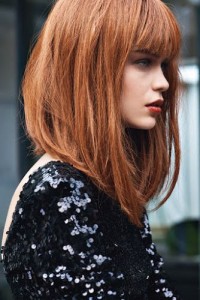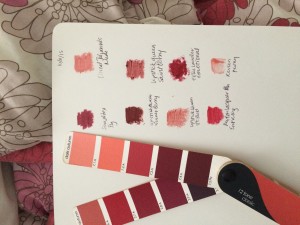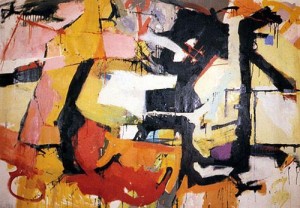The great thing about knowing your Image Identity and your season is that it makes selecting clothes so much simpler. You know what lines will be flattering, and you know what colors will work. Everything more or less goes together, and dressing is easy and you always look fabulous.
At least, that’s how it’s supposed to work. But there’s a human element, too. What if you’re a “dressed up” Identity, like Soft Dramatic or Theatrical Romantic, and you’re a stay-at-home mom with four kids under ten? The dramatic looks shown on Pinterest, complete with five-inch heels, aren’t exactly practical or applicable for your everyday life. You could very well go out and buy outfits that look fabulous on you… and then they sit in your closet while you wear yoga pants every day because you really don’t wear stuff like that in your day-to-day life.
I know that I, personally, struggle with resisting to urge to buy another pair of ankle boots with heels too high for me to walk in or wear for long periods of time. I take public transport and walk long distances, often on uneven sidewalks, mud, and cobblestones. I need shoes I can walk in for two miles, not 200 feet. And yet there they sit in my closet, taunting me.
This dichotomy of loving the way something looks vs. something actually working in my real life was made abundantly clear to me recently by my hair. I love playing with makeup. I hate styling my hair. My hair is moderately wavy, but I still can’t blow dry it straight to save my life.
So naturally, I cut my hair like this.
It required a full blowout every time I washed my hair, and I had to get to my bangs FAST, or it was a disaster. I’ve been going to my hairstylist for twelve years, and she tried to warn me. But I didn’t listen.
I spent a month in Florida soon after I got it cut, and the humidity there turned my waves into full-blown curls. Even a straightening iron couldn’t save me. I ended up straightening my bangs several times a day as best I could, and putting the rest into a ponytail. Someone more dedicated and better with hair probably could have found a way to make it work. But I’m not one of those people.
I realized that what I require from a hairstyle is two things:
1) Something that works with my natural hair texture
2) Something where the maximum amount of styling required is putting in some styling goo and mussing it around.
So I went back to my stylist and gave her this picture. Wham. I no longer need a blowdryer, and my waviness is an asset, rather than something I have to struggle against.
Lesson learned. High-maintenance hairstyles just don’t work for me, even when they look great with my FlamGam bone structure.
What are the things that, while they work for you aesthetically, just don’t work in your daily life?



